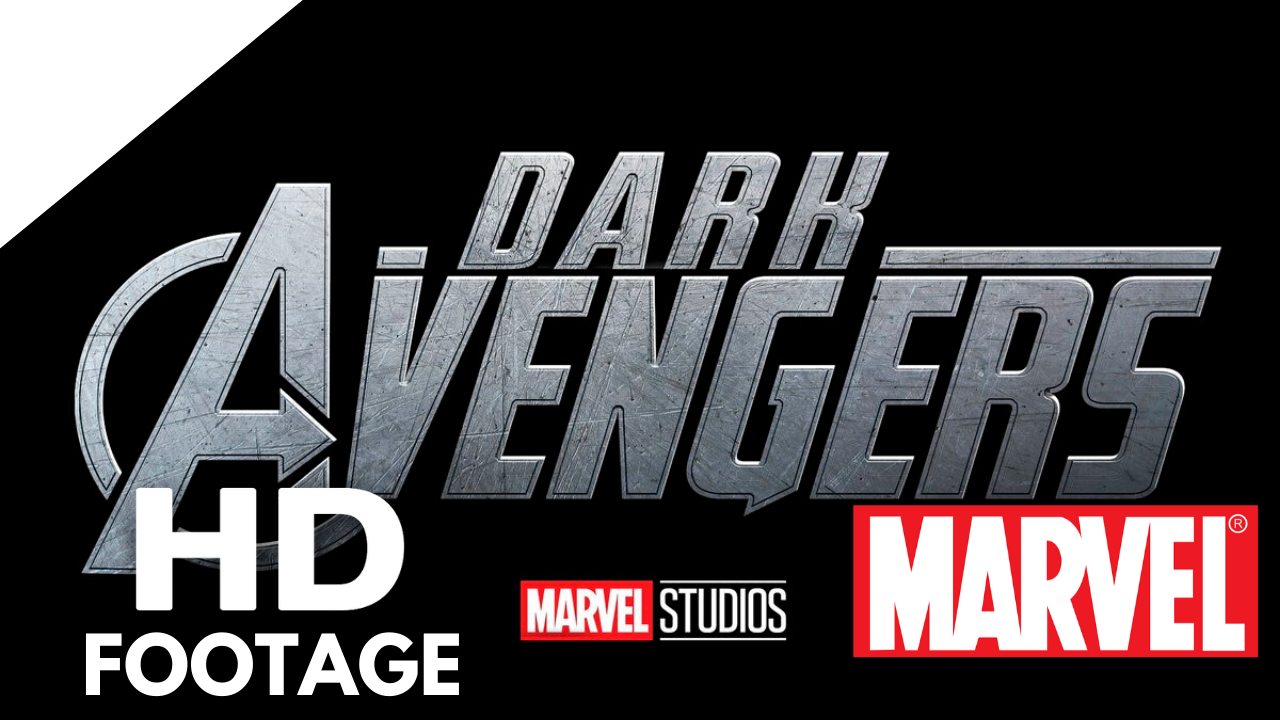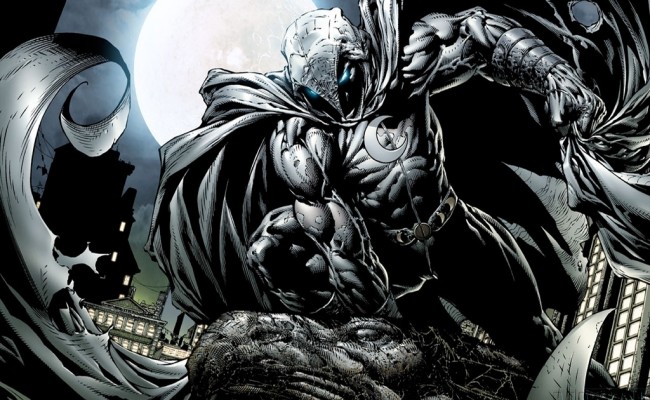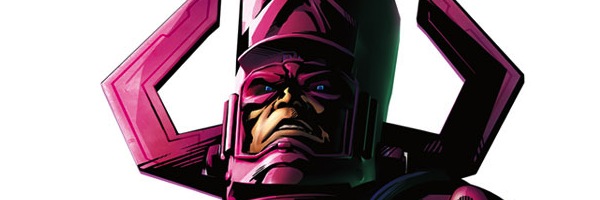 Ask any comic shop dwelling stud to name their favorite heroines, and you’ll probably receive a limited set of answers. “Rogue, Batwoman, Ms. Marvel, Witchblade…”. After focusing on the subject for a few minutes, I could only list a dozen significant female characters from the House of Ideas
Ask any comic shop dwelling stud to name their favorite heroines, and you’ll probably receive a limited set of answers. “Rogue, Batwoman, Ms. Marvel, Witchblade…”. After focusing on the subject for a few minutes, I could only list a dozen significant female characters from the House of Ideas  (my preferred publisher of the Big Two), but despite my modest reverence for those icons, I can’t remember the last time I’ve actively followed one of their series. They’ve never really appealed to me, except, of course, for the Ms. Marvel reboot following House of M (an obsession which has continued into the new Captain Marvel books).
(my preferred publisher of the Big Two), but despite my modest reverence for those icons, I can’t remember the last time I’ve actively followed one of their series. They’ve never really appealed to me, except, of course, for the Ms. Marvel reboot following House of M (an obsession which has continued into the new Captain Marvel books).
I like to think that I’m not a closed minded asshole, and I feel bad for saying this, but I can’t get into the lady led books. Perhaps that’s because they’re written by a bunch of 40 year old, Scotch guzzling men who can’t create convincing, strong women…
Well, Marvel scribe Kelly Sue DeConnick was asked earlier today about the lack of face smashing heroines, and she had this to say…
Marvel is a publicly-owned company. They exist to make money. Period. If there was an idea that extra dollar could be made with female-led comics, Marvel would have more lady-led books than Avengers titles–with multiple variant covers, no doubt.
Why are there so many Avengers titles? They sell. Reliably.
Right now, we’re stuck in a cycle. The perception is that women do not buy comics in significant numbers and that men do not support lady-led books, unless those books are loosely-disguised T&A books.
Retailers are stretched very thin. Comics are not returnable so whatever they buy, they’re stuck with.Let’s remember this, okay? It’s important. The publisher’s customer is not the reader. Follow? The publisher’s customer is the retailer. Once the retailer orders the book, from the publisher’s standpoint, THAT IS THE SALE.
Those sales figures you see on icv2 or whatever? Those do not indicate the number of readers who pick up a book, they indicate the number of copies ordered by stores.We all together on this? Good. Okay.
So.
Ever wondered how a book could get cancelled before it ever hits the shelves? That’s how. Once the orders from the retailers are in, those are the sales figures. Period. Doesn’t matter what the internet thinks of the book(1), doesn’t matter who reviews it favorably on IGN or CBR or whatever. It matters how many copies of the book the retailers order before the book even hits the shelf.
The retailers have limited budgets, limited shelf space, and hundreds of new comics that come out every week. With rare exception, comics lose their value quicker than used cars (quarter bins, anyone?) so retailers must order very, very carefully. Every month, they have to try to determine exactly how many copies of each title they can sell through. If they over-order on just 2 titles per week, think about how quickly those stack up (literally!).
What’s the takeaway here? Change is hard. Retailers, understandably, cannot take risks. Perception becomes fact.If our “base” won’t reliably support female-led books (and that is a whole other conversation that I do not have time for) then we need new readers. Strictly from a sustainability standpoint, we need new readers–our readership is aging and dwindling and the goodwill we should be getting from the comic book commercials commonly called “tentpole movies” we are, in large part, squandering. As an industry we put up high thresholds against new readers–whether it’s something as culturally repugnant as this whole “authentic fangirl” crap or just our mind-boggling practices of shelving by publisher and numbering books into the 600s.
Think about the manga boom for a minute. The American notion had always been that women would not buy comics in significant numbers. There was even a commonly bandied about notion that “women are not visual.” Who bought manga in the US? Largely women and girls. At ten bucks a pop, no less. Women spent literally millions of dollars on what? On comics.
Now, some people will argue that that had as much to do with the diversity of genre in manga as anything else–and that is a fair point. But I would argue that there is nothing inherently masculine about the science fiction aesthetic, nothing inherently masculine about power fantasies or aspirations to heroism.
So what else was it about manga that got women to buy in in huge numbers?
Well, for one thing, they didn’t have to venture into comic book stores to get it. No risks of unfriendly clerks or clientele, authenticity tests or the porn basement atmosphere that even if it’s not the reality of most stores, is certainly the broad perception. They could buy manga at the mall. What’s more, they didn’t need a guide. All they had to do was find the manga section, flip the books over and read the description (just like they’d done with any book they’d ever bought in their lives) and then, once they found one that interested them, find the volume with the giant number 1 on it and head to the check out.This guy is representative of almost every comic shop I’ve entered. Actually… I may or may not be that guy. Dammit.
Contrast that with an American comic books store experience for a new reader. First challenge–find the store. Now say you just saw the Avengers movie and you think you might want to find something about Black Widow. Where do you even start? If you don’t have a friendly clerk, you’re going to get overwhelmed and leave. If there’s no BLACK WIDOW #1 on the shelf, you literally do not know what to do. New comics readers have to have a guide.
Compared to getting into traditional American comics, it’s easier for a new reader to learn to read backwards! Think about that.Anyway. That’s it. The summary is “change is hard.” Our industry is built to sell Batman (literally–all of our sales figures are relative to the sales of Batman) to the same guys who have always bought Batman and change is hard.
So what can we do? As readers, the most powerful tool we have is the pre-order. PRE-ORDER, PRE-ORDER, PRE-ORDER. Why? Because when you pre-order with a store, that is a sale to the store. The store is not assuming any risk. Therefore they bump up their orders with the publisher, which is reflected in the title’s sales, which then becomes a cue to the publisher… hm… maybe these books will sell? Let’s make more!
With me? If there is a book outside the most mainstream of mainstream–especially books from smaller publishers, but also “midlist” books from DC and Marvel, if you want to encourage those choices, the thing you must do is pre-order.
Do I hate asking that? Why yes I do. I don’t want to ask people to commit to paying $3-$4 for a book three months before they’ve even seen it. It’s embarrassing. But it’s literally the only way I can see to affect change.
All right. That’s all I’ve got.
Seems like we’ve had our answer. Put your money where your mouth is, fandom. If you want an incredible lady heroine from the Big 2 without fear of cancellation, pre-order.
Pre-Order.
Pre-Order.
Pre-Order.
SOURCE: Reddit













S#!T Talking Central